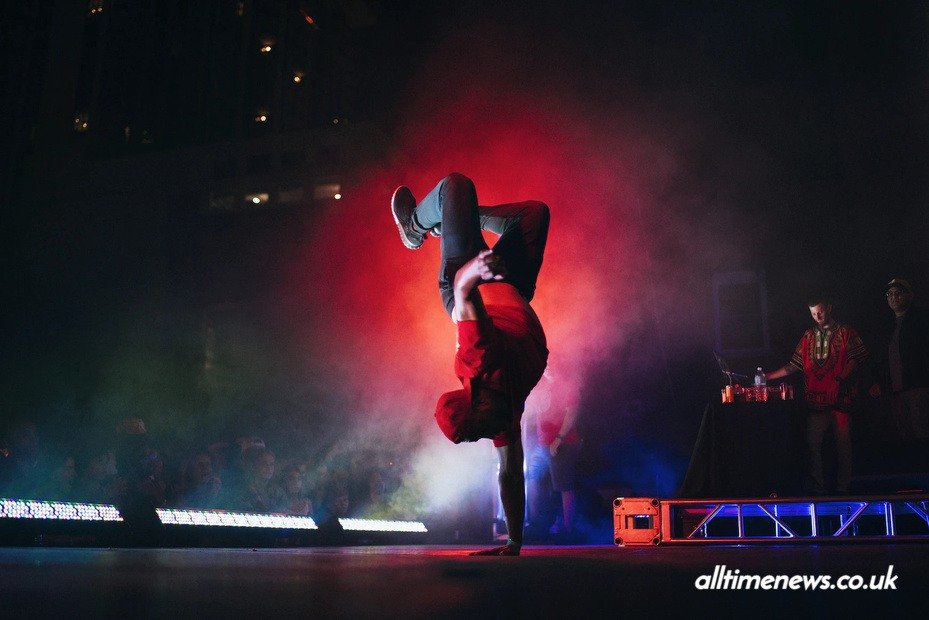Breaking, widely known as breakdancing, is making waves as it prepares to debut at the Paris 2024 Summer Olympics. This dynamic dance form, deeply rooted in urban culture, represents a blend of artistry and athleticism that has captivated audiences around the world. In this article, we’ll explore why breaking was included in the Olympics, its origins, the judging criteria, and what the future might hold for this electrifying sport.
Why Was Breaking Included in the Olympics?
The decision to include breaking in the Olympics is part of the International Olympic Committee’s (IOC) broader effort to modernize the Games and connect with younger audiences. Breaking embodies the spirit of creativity, energy, and cultural diversity, making it a perfect fit for the evolving landscape of the Olympics.
By incorporating urban sports like breaking, the IOC aims to keep the Olympics relevant and exciting for new generations. Breaking’s inclusion also reflects a recognition of the cultural impact of hip-hop, offering a global stage for a sport that transcends traditional athletic boundaries.
Debut of Breakdancing in the Olympics
Breaking will make its Olympic debut in Paris 2024, marking a historic moment for both the sport and the Games. This event will feature individual competitions for B-boys and B-girls, who will battle head-to-head in front of a panel of judges.
The introduction of breaking into the Olympics has been met with enthusiasm from the global breaking community. For many, it is a long-awaited opportunity to showcase their skills on the world’s biggest athletic stage. The event is expected to draw significant attention, bringing a fresh and energetic vibe to the Olympics.


Origin of Breakdancing
Breaking emerged in the Bronx, New York City, in the early 1970s, born from the vibrant hip-hop culture as a form of expression for African American and Latino youths facing urban challenges. It blends elements of gymnastics, martial arts, and traditional African dance. Over time, breaking evolved from a street dance into a competitive sport, with B-boys and B-girls creating complex, unique styles. Today, it’s a global phenomenon celebrated for its creativity, athleticism, and cultural significance.
Criteria of Judgment in Breaking in Olympics
In the Olympic breaking competition, dancers will be judged on three key criteria: Mind, Body, and Soul. Each of these criteria focuses on different aspects of the performance, ensuring a comprehensive evaluation of the dancer’s skills.
Mind (Artistic)
The “Mind” criterion assesses the artistic elements of breaking. This includes creativity, originality, and how well dancers interpret and interact with the music. Judges will look for unique moves and the ability to tell a story through dance, rewarding innovation and artistic expression.
Body (Physical)
The “Body” criterion evaluates the physical aspects of the performance, such as strength, agility, and technique. Dancers must demonstrate control and precision in their movements, executing complex footwork, spins, and flips with seamless transitions. Physical endurance and overall athletic ability are crucial components of this category.
Soul (Interpretive)
“Soul” refers to the emotional and interpretive qualities of the dance. This criterion captures the dancer’s connection to the music, the audience, and their opponent in battle. Judges will consider the dancer’s personality, energy, and how authentically they express themselves through their performance.
Future of Breaking in the Olympics
The future of breaking in the Olympics hinges on its reception at the Paris 2024 Games. If it resonates with audiences and is deemed successful by the IOC, breaking could become a permanent Olympic event. Its ability to evolve and maintain cultural relevance will be crucial, potentially opening doors for other urban sports to join the Olympic program in the future.
You may also like:
- Everything You Need to Know About Simone Biles: The Gymnastics Icon
- Imane Khelif vs. Angela Carini? Fight fuels Gender Debate
- Quadrobics 101: Strength, Flexibility, and Animal Instinct
FAQs
1. What inspired the inclusion of breaking in the Olympics?
Breaking was included to modernize the Olympics and engage younger audiences, reflecting the cultural impact of hip-hop.
2. When will breaking debut in the Olympics?
Breaking will debut at the Paris 2024 Summer Olympics, featuring individual competitions for B-boys and B-girls.
3. Where did breaking originate?
Breaking originated in the Bronx, New York City, in the early 1970s as part of the emerging hip-hop culture.
4. How will breaking be judged in the Olympics?
Judging will be based on three criteria: Mind (artistic), Body (physical), and Soul (interpretive), each evaluating different aspects of the performance.
Breaking’s Olympic debut is a testament to the evolving nature of sports and the importance of cultural representation on the global stage. As the world watches these talented dancers compete, breaking is set to inspire and connect audiences in a way that transcends traditional athletic boundaries.
